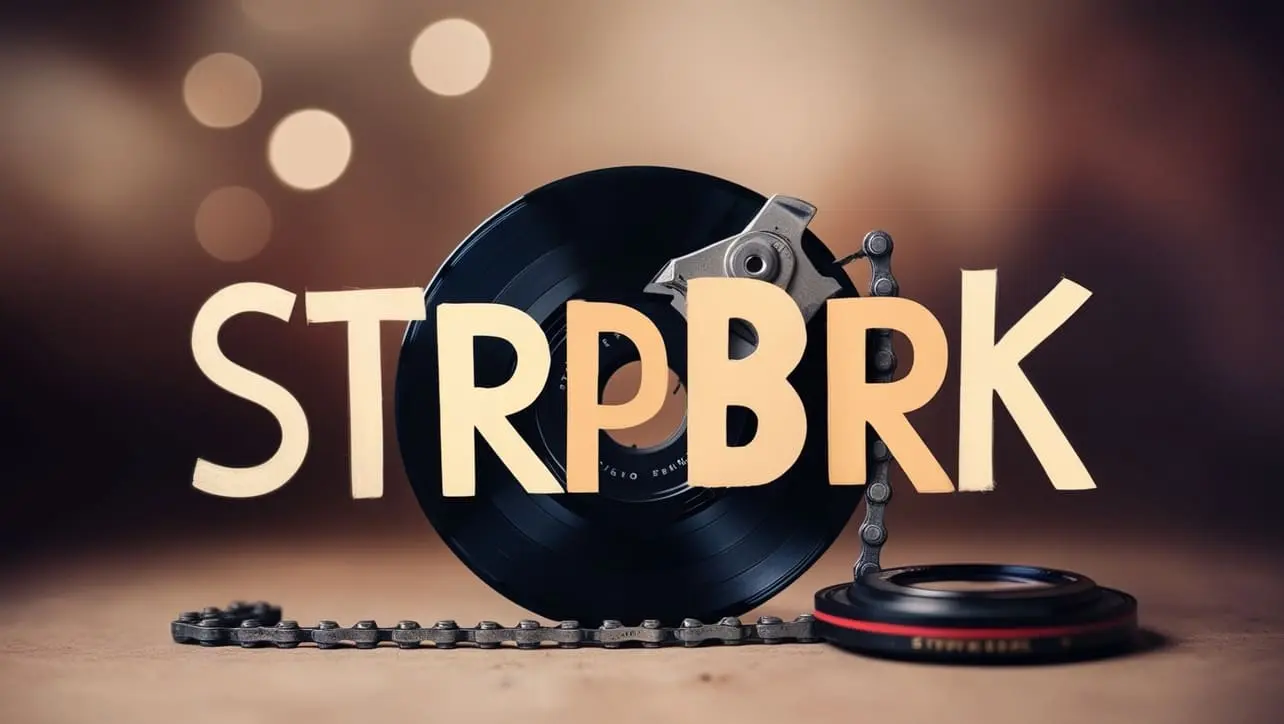
C++ Topics
- C++ Intro
- C++ String Functions
- C++ Interview Programs
- C++ Star Pattern
- C++ Number Pattern
- C++ Alphabet Pattern
- Alphabet Pattern 1
- Alphabet Pattern 2
- Alphabet Pattern 3
- Alphabet Pattern 4
- Alphabet Pattern 5
- Alphabet Pattern 6
- Alphabet Pattern 7
- Alphabet Pattern 8
- Alphabet Pattern 9
- Alphabet Pattern 10
- Alphabet Pattern 11
- Alphabet Pattern 12
- Alphabet Pattern 13
- Alphabet Pattern 14
- Alphabet Pattern 15
- Alphabet Pattern 16
- Alphabet Pattern 17
- Alphabet Pattern 18
- Alphabet Pattern 19
- Alphabet Pattern 20
- Alphabet Pattern 21
- Alphabet Pattern 22
- Alphabet Pattern 23
- Alphabet Pattern 24
- Alphabet Pattern 25
- Alphabet Pattern 26
- Alphabet Pattern 27
- Alphabet Pattern 28
- Alphabet Pattern 29
- Alphabet Pattern 30
- Alphabet Pattern 31
- Alphabet Pattern 32
- Alphabet Pattern 33
- Alphabet Pattern 34
C++ Alphabet Pattern 30

Photo Credit to CodeToFun
C++ Alphabet Pattern 30
Here`s a program that prints the above alphabet pattern using C++ Programming:
#include <iostream>
using namespace std;
int main() {
int i, j, k;
for (i = 65; i <= 69; i++) {
for (j = i; j > 65; j--)
cout << char(j);
for (k = 65; k <= 134 - i; k++)
cout << char(k);
cout << "\n";
}
return 0;
}💻 Testing the Program
When you run the above program, it will print the following output:
ABCDE BABCD CBABC DCBAB EDCBA
🧠 How the Program Works
Let's break down the logic behind the code:
- Include necessary header file: #include <iostream> - This line includes the input/output stream library, which provides functionality for reading input and writing output.
- Use the std namespace: using namespace std; - This line allows you to use the names of standard library functions and objects without explicitly specifying the std:: prefix.
- Define the main() function: int main() - Every C++ program must have a main() function, which serves as the entry point of the program.
- Declare variables: int i, j, k; - This line declares three integer variables: i, j, and k, which will be used in the subsequent loops.
- Start the outer loop: for(i=65; i<=69; i++) - This loop iterates over the values of i from 65 to 69 (inclusive). The ASCII value of 65 corresponds to the letter 'A', and 69 corresponds to 'E'.
- Start the first inner loop: for(j=i; j>65; j--) - This loop iterates over the values of j starting from the current value of i and decrements by 1 until it reaches 65. The loop prints the characters corresponding to the ASCII values of j.
- Print characters in descending order: cout << char(j); - This line prints the character corresponding to the ASCII value of j.
- Start the second inner loop: for(k=65; k<=134-i; k++) - This loop iterates over the values of k from 65 to 134-i. The range of values changes with each iteration of the outer loop, creating a triangular pattern.
- Print characters in ascending order: cout << char(k); - This line prints the character corresponding to the ASCII value of k.
- Print a new line: cout << "\n"; - This line outputs a newline character to move to the next line after each iteration of the outer loop.
- End of the outer loop.
- Return 0: return 0; - This line indicates the successful termination of the main() function and returns the value 0 to the operating system, indicating that the program executed without errors.
💯 Tips for Enhancement:
Explore the versatility of this pattern by adjusting its parameters. Whether you increase or decrease the size, tweak the spacing, or modify the characters used, each change opens up a world of possibilities, allowing you to customize and create your unique visual effects.
✔ Conclusion:
Creating visually appealing patterns is not only a fun endeavour but also a great way to enhance your programming or design skills. We hope this tutorial has inspired you to explore the world of creative coding. Share your creations with us, and let your imagination run wild!
🤗 Closing Call-to-Action:
We'd love to see your unique interpretations of the alphabet pattern. Share your creations in the comments below, and don't hesitate to reach out if you have any questions or suggestions for future tutorials. Happy coding!
👨💻 Join our Community:
Author

For over eight years, I worked as a full-stack web developer. Now, I have chosen my profession as a full-time blogger at codetofun.com.
Buy me a coffee to make codetofun.com free for everyone.
Buy me a Coffee












If you have any doubts regarding this article (C++ Alphabet Pattern 30) please comment here. I will help you immediately.